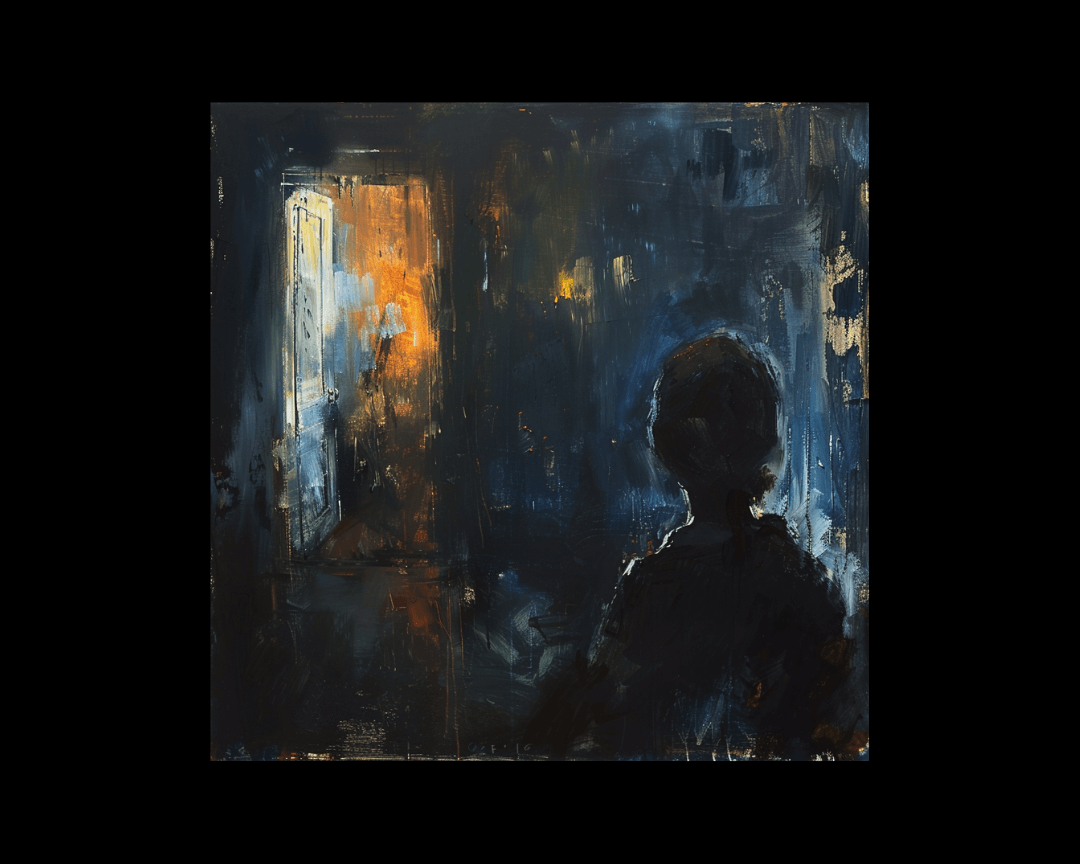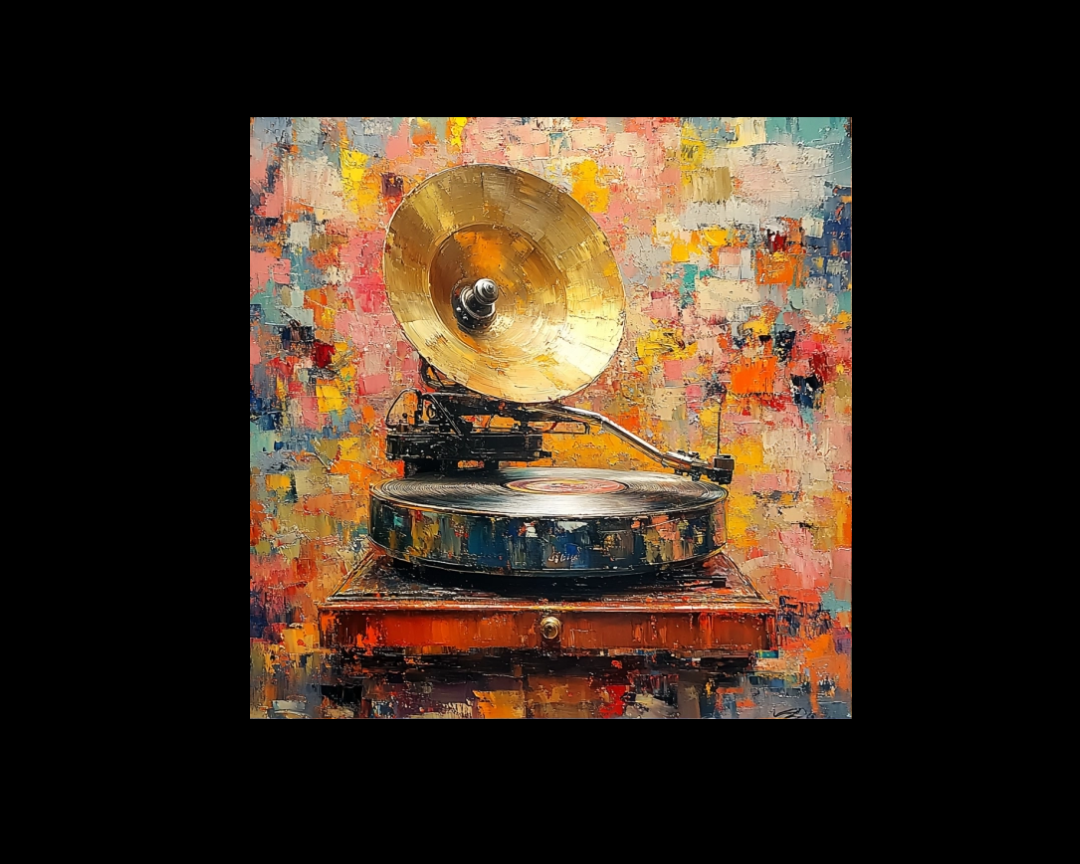The Descent into Darkness: Crafting Negative Character Arcs
The Challenge and the RewardIn storytelling, the protagonist's journey often takes center stage. Readers watch, transfixed, as characters navigate...
1 min read
 Writing Team
:
Oct 26, 2023 1:10:16 PM
Writing Team
:
Oct 26, 2023 1:10:16 PM
.png)
Dialogue breathes life into stories, yet it significantly diverges from real spoken language. While it imparts vital information essential for comprehending the story and its characters, the way characters speak in stories is carefully constructed to evoke emotions, convey intentions, and advance the plot.
Here are seven crucial aspects to consider when crafting dialogue for your characters:
In prose, context illuminates how words are spoken – whether whispered lovingly or screamed in anger. Adverbs are best avoided, allowing the context to dictate the tone. For theater or film, trust directors and actors to bring the lines to life, focusing on the character's unique voice and quirks.
Speech-Act theory posits that utterances hold multiple meanings, including the speaker's intention and the listener's perception. Characters' emotional states should be subtly woven into their speech, revealing their inner turmoil and conflicts.
Characters should grapple with inner emotions conflicting with their outward expressions. This internal struggle adds depth, making the character more relatable and enhancing the story's complexity.
Dialogue should react to hindrances, reflecting conflicts and obstacles within the story. Each line can respond to challenges, marking the scenes' beats and propelling the plot forward.
Dialogue is a character's action; it influences others and triggers reactions. Each line should serve a purpose, moving the story forward by creating effects and responses within the narrative.
Dialogue conveys meaning beyond the story's surface, reflecting the author's thematic intentions. Each line should align with the story's message, subtly persuading readers to feel or think in a certain way, ensuring consistency with the overarching theme.
Readers interpret dialogue based on their perspectives, shaping the meaning according to their understanding. Authors should consider the various possible interpretations, appreciating how readers perceive the characters' words.
Understanding these intricacies enriches your storytelling, enabling you to craft dialogue that resonates deeply with readers, evokes emotions, and immerses them in the vibrant world you've created. Mastering the art of dialogue elevates your narrative, inviting readers to engage with characters on a profound level.

The Challenge and the RewardIn storytelling, the protagonist's journey often takes center stage. Readers watch, transfixed, as characters navigate...

Tone in writing is the attitude or emotional character that the author conveys through their words. It's a crucial element that can dramatically...

Crafting authentic dialogue in writing is an art that requires more than just a good ear for how people speak. Psycholinguistics, the study of the...